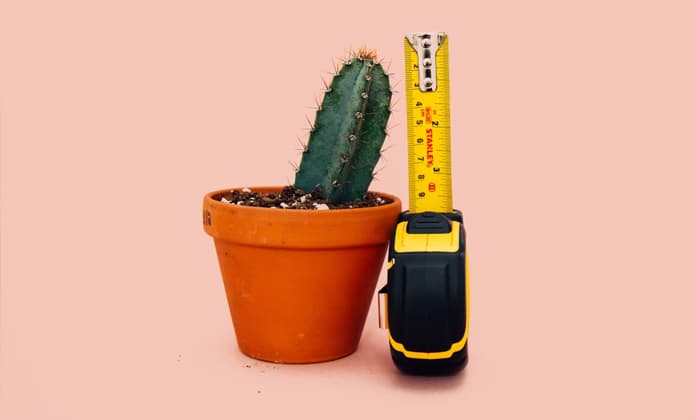According to the annual report published by the Self Storage Association United Kingdom (SSA UK) in 2021, the total of self storage space available in the UK is 50 million square feet, of which, at the time of the report, 42.15 million square feet were occupied, which is 82.3% of that available space. This is the highest level of occupancy since 2004, which is representative of the fact that awareness of self storage as an option during a range of life events is higher than it’s ever been.
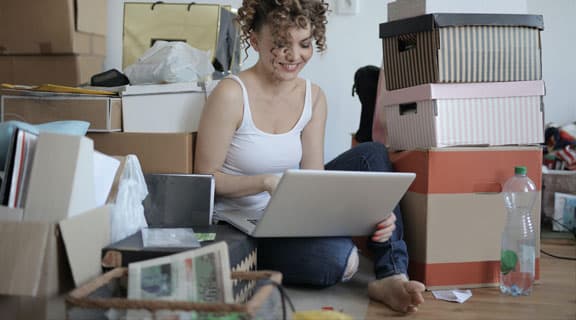
Our Blog
How Do I Estimate The Amount Of Space I Need?
Despite the high level of occupancy, there is clearly still more than enough self storage space to go round, which is why the question of how to calculate exactly the amount of self storage space you need at any given time might seem like a silly thing to be asking. As long as you’ve got enough space for everything you need to store, why does it matter if there’s a bit of spare room left over? Alternatively, as long as you can squeeze in everything you need to store is it really a problem that your self storage unit is crammed to bursting point? The simple answer is that both of these things matter a great deal.
How Much Is Self-Storage?
Self-storage is generally rented on the basis of a certain price per square foot, so if your self-storage unit is too big then you’re paying good money to rent lots of nice fresh air and a big gap between your items and the ceiling. This may not feel like too much per month when you first sign a rental agreement, but with 20% of domestic users renting their self storage unit for more than a year and 27% of business users opting for more than 3 years of rental the extra payments you’re having to make could soon build up.
Check our prices to calculate what you would be paying, and bear in mind that there is often an introductory discount for the first week or month and prices increase after that initial period.
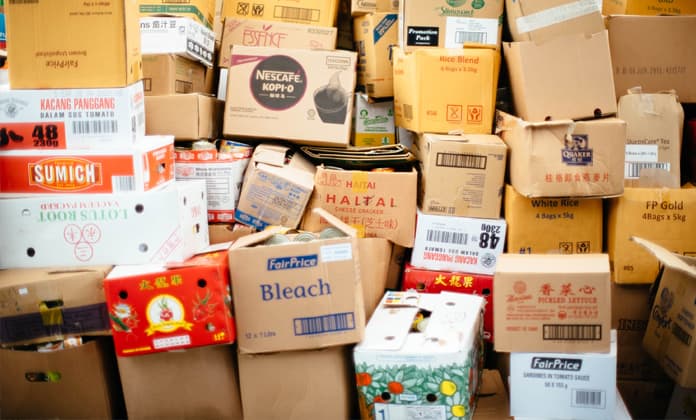
On the other hand, renting a unit which is too small could prove to be equally frustrating. In the worst-case scenario you’ll find yourself without the space you need to store all of your belongings. If you made an estimate and came up short then you could find yourself with excess items cluttering up your living space and the moving van when you come to move house, or with things taking up space despite your best efforts at decluttering. Alternatively, you might try cramming everything into a space which isn’t really big enough, and this could cause a host of problems:
- Items piled dangerously high
- No room to move inside the storage space –i.e. when you need to access your items
- Everything but those items which are immediately inside the entrance to the self storage will be impossible to get hold of without virtually emptying the unit
In that scenario, we’d advise booking an additional unit online which will give you immediate access to extra storage space via the app.
What Size Storage Unit Do I Need?
One of the first questions to ask yourself when you start looking for storage units for rent, is exactly why you need storage. The amount of storage needed is likely to vary widely depending on the reason for that storage, ranging from someone storing most of the contents of their house during the moving process to someone wanting to put their Christmas decorations into storage for 11 months of the year. The nature of the items which you’re storing will also make a difference. Larger items of furniture – such as a sofa which is more than 7 foot long for example – will naturally need a larger or at least medium sized storage unit, even if they’re pretty much the only item in a room which is being stored. The same thinking applies to smaller items which are fragile and will have to be packed away in boxes, surrounded by protective material. A number of smaller items will fill more boxes and will therefore take up more room than their actual physical size would suggest.
Some of this may seem like simple common sense, but it’s the kind of detail which is easy to overlook when trying to figure out how much space a disparate jumble of furniture and other belongings will take up when placed into self storage. The consequence is likely to be that you end up paying to rent storage you don’t really need, which is why it’s best to come up with an accurate estimate of genuine requirements.
If you’re not an expert, however, it can be difficult to think of the contents of a room, or several rooms, or even an entire house, in terms of the number of square feet they will take up. As a rough guide, we would recommend that one of our 10ft containers with a floor space of 80 sq ft is ideal for the contents of a one or two-bedroom flat, and our 20ft unit with 160 sq ft of floor space will fit the contents of a two to four-bedroom house. These estimates are based around the idea that storage for a two-bedroom house, for example, will need to have enough space for 2 double beds, 2 wardrobes, a dining table and chairs, 2 sofas, a desk, a bookcase, kitchen appliances, a lawnmower and a pair of bikes, as well as approximately 20 boxes filled with smaller items which have been individually packed away.
Inventory
We know what we’re talking about, being experts in self storage, but an estimate of this kind is still just that, an estimate, and to work out just the right amount of space needed you first need to sit down and write up a detailed inventory of exactly how much stuff it is that you need to store. Count the smaller items – such as books, ornaments, crockery and cutlery etc. – in terms of the number of boxes you’ll need to store them all, and then add the larger items of furniture you want to store. Work through this process for each room of your house, or the rooms you’ll be emptying if it’s less than the entire house, and write everything down as you go along.
As you list the items, make a separate note of those which are more sensitive or delicate and will require climate-controlled storage. This could be anything from works of art and expensive bottles of wine to important documents or photographs – basically anything which will require storage which offers lower humidity and temperatures which can be controlled. Not all storage units offer climate controls of this kind, so make sure you ask for them if you’re going to need them.
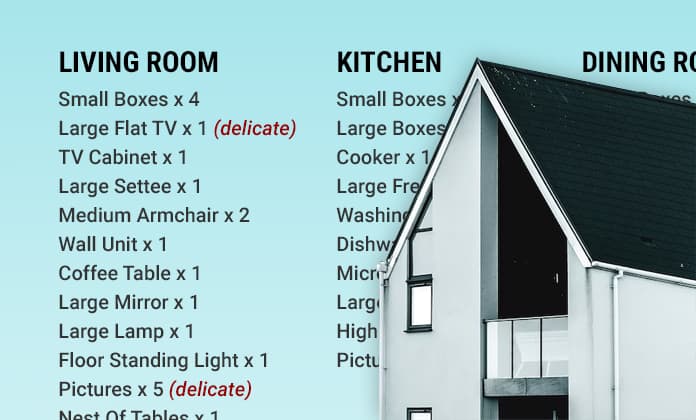
Existing Storage
When you’ve drawn up an inventory of every room containing items that need to be stored, you then need to do a thorough audit of your existing storage space. ‘Thorough audit’ sounds a bit technical, we’ll admit, but what we really mean is making sure that you’re making full use of all of the storage space that’s already available free of charge in your own home. Look through all your cupboards and wardrobes to see if any precious storage space is going unused. If you’ve got one, check out your shed or garage or even the space in your loft, and make sure that you’re not going to be paying for storage space which you’ve actually already got to hand. Of course, since many people use self storage facilities to reduce clutter in the home they might want to clear some cupboards out a little, rather than filling them up more, so it’s a question of striking a balance that’s right for you. If you’re clearing space because you’re trying to sell your house, for example, then cramming every cupboard full would be a mistake, because you can be certain any prospective buyers will open the door to have a peek inside.
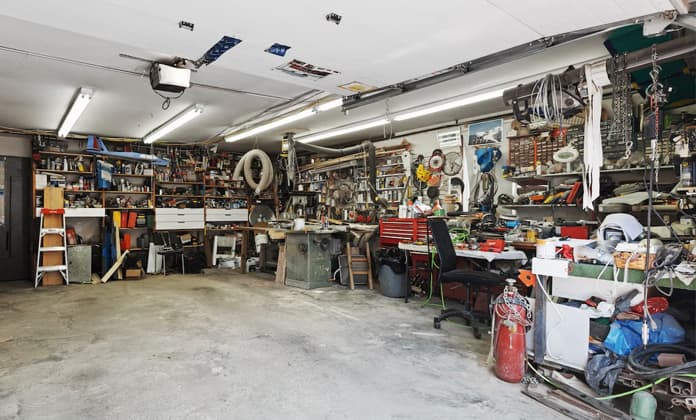
Take some measurements
Having listed all of the items you want to put into storage you now have to take measurements. To arrive at a square foot figure, you just have to measure the length and width of your items and multiply the two numbers. A pile of items 5ft by 4ft will need a self storage unit measuring at least 20 square feet. You can choose whether to gather the items in a single space and measure the pile as a whole, or measure each item individually. If you want a cubic foot measurement rather than a square foot measurement then you have to measure the height as well as the length and width of the items. For example, if the pile measuring 5ft by 4ft was 3ft high then you’d need a self storage unit with at least 60 cubic feet of storage space.
Once you’ve reached a measurement of this kind, you can start to think about the general size of the storage unit you need, which will tend to be small, medium or large. As a general rule, a small unit will provide 50 square feet of storage, a medium sized unit 150 square feet and a larger unit as much as 300 square feet. Each facility is likely to vary slightly, however, so it’s important to check with the facility you want to use to make sure what their definition of small, medium and large entails.
Online Calculator
If you rent your self storage unit from Go2Storage then you’ll be in the advantageous position of being able to use the self storage calculator to get a clear idea of exactly how much space you’re going to need. This is an extremely handy online tool which lets you enter the items you want to store on a room by room basis, selecting things like dining tables, televisions, two and three seater sofas, armchairs and the kind of boxes used to store smaller items safely. The technology involved has been designed with ease of use in mind and even makes it possible to include more awkward items such as a piano, a free standing arcade video game and a lawnmower. Once you’ve entered the details of everything you want to store safely, the calcumate will work out how much space you’re going to need.
Whether you use an online calculator, a tape measure and a piece of paper or a rough estimate, the more accurate your estimate of how much storage space you need is, the better value for money you’re going to enjoy, because you’ll be paying for enough space to store your items safely and securely, without forking out for excess space you really don’t need.
